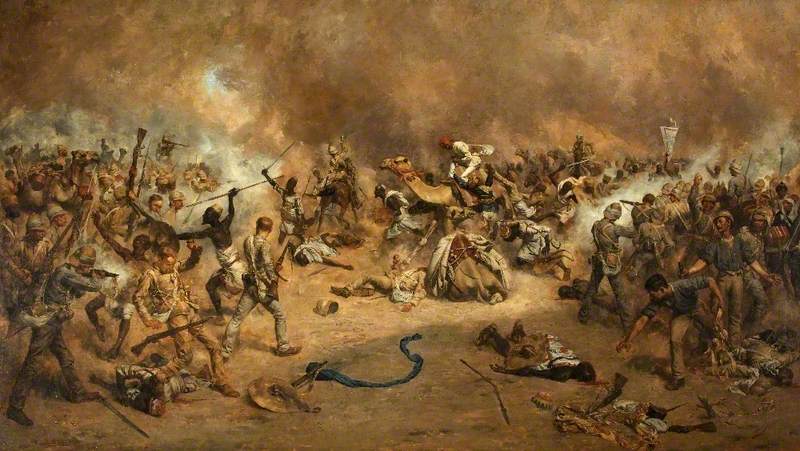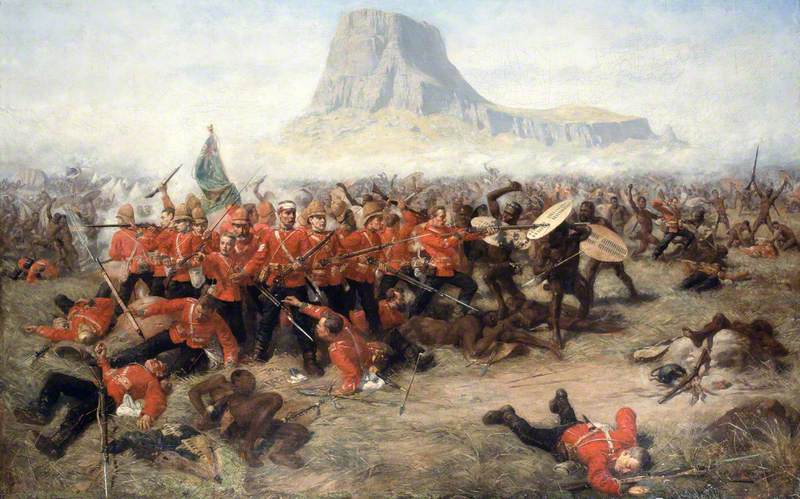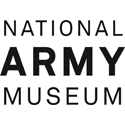
McNeill's Zareba, Tofrek, 22 March 1885
Charles Edwin Fripp (1854–1906)
Rifles Berkshire and Wiltshire Museum
Charles Edwin Fripp was born in Camden Town, London, England on 4 September 1854 and was the son of the landscape painter George Arthur Fripp (1813-1896) with whom he received his initial training as an artist. He also studied at the Akademie der Bildenden Künste in Munich and in Nuremberg. By the mid-1870s he had started working as a painter and illustrator and became known for his detailed depictions of battle scenes. In 1875 Fripp was employed by the Graphic (London) as an artist-illustrator and in the 1870s and 1880s covered various wars in South Africa in which the British Army were engaged, including the Kaffir War of 1878, the Anglo-Zulu War of 1879; and the First Anglo–Boer War of 1880-81. In 1885 The Graphic appointed him their Special Artist and over the next fifteen years covered with his brush the Sino-Japanese War of 1894–95, the Spanish–American War in 1899, and other conflicts in the world.
In 1893 his brother, Thomas William Fripp (1864-1931), who was also an artist, emigrated to British Columbia, and in c.1902 he decided to join him with the aim of painting the rugged landscape and the Gold Rush. He died in Montréal, Québec on 30 September 1906.
Text source: Art History Research net (AHR net)
Text source: Art History Research net (AHR net)


